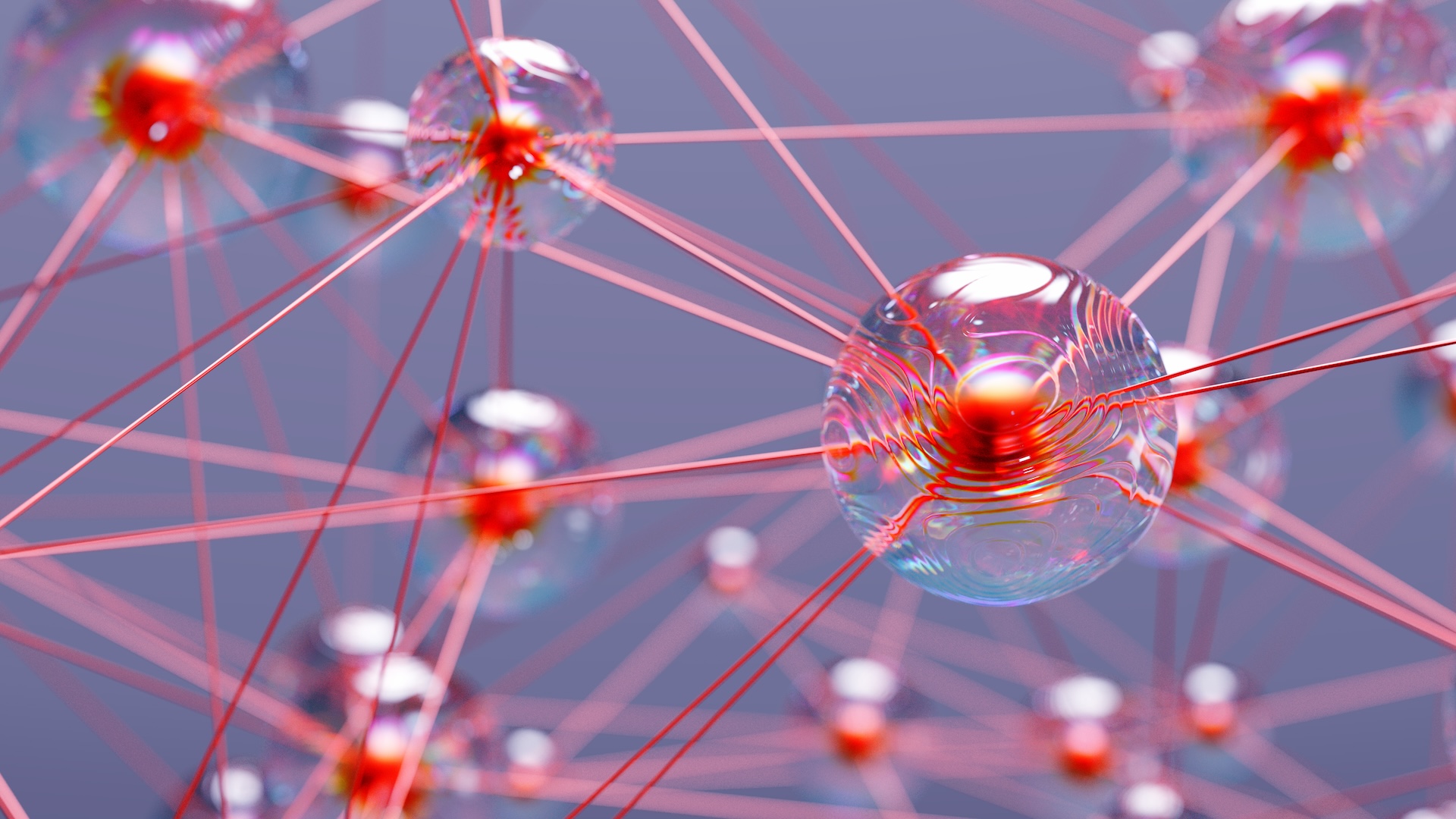Materials, Vol. 16, Pages 3946: Advances in Computational Techniques for Bio-Inspired Cellular Materials in the Field of Biomechanics: Current Trends and Prospects
Materials doi: 10.3390/ma16113946
Authors: A. I. Pais J. Belinha J. L. Alves
Cellular materials have a wide range of applications, including structural optimization and biomedical applications. Due to their porous topology, which promotes cell adhesion and proliferation, cellular materials are particularly suited for tissue engineering and the development of new structural solutions for biomechanical applications. Furthermore, cellular materials can be effective in adjusting mechanical properties, which is especially important in the design of implants where low stiffness and high strength are required to avoid stress shielding and promote bone growth. The mechanical response of such scaffolds can be improved further by employing functional gradients of the scaffold’s porosity and other approaches, including traditional structural optimization frameworks; modified algorithms; bio-inspired phenomena; and artificial intelligence via machine learning (or deep learning). Multiscale tools are also useful in the topological design of said materials. This paper provides a state-of-the-art review of the aforementioned techniques, aiming to identify current and future trends in orthopedic biomechanics research, specifically implant and scaffold design.

 1 year ago
32
1 year ago
32

